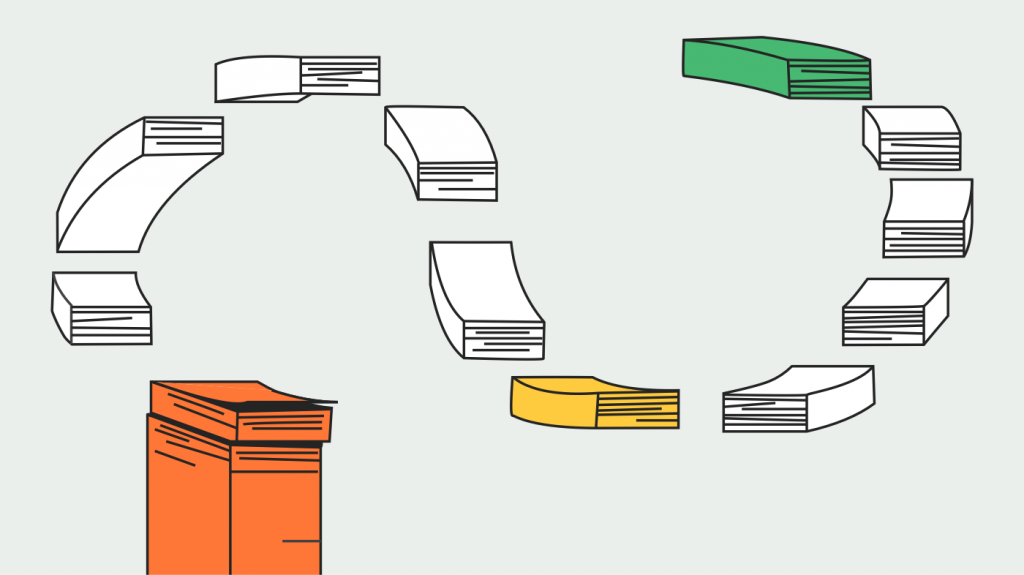
Keeping spend analysis at the portfolio company level results in data silos, missed savings opportunities, decreased negotiating power, increased compliance risks, and a negatively impacted valuation and EBITDA figures at the private equity level. Choosing a PE-level marketplace can eliminate these issues as well as provide long-term strategic perks that come with intelligent spend.
Spend analytics at the private equity level are critical to continued success. Running a business without data is a real shot in the dark—financial data being among the riskiest options to neglect. Data collection and analysis continue to reign supreme as a major business initiative in nearly all industries and sectors across the globe. Data silos are being eroded. Data is not only being shared between departments, but between brands, sometimes as a primary form of partnership. Continuing with business in the ‘20s without a comprehensive data analysis strategy nearly guarantees that your companies will soon be out of the game, replaced by spry, agile companies who blend numbers and instinct into something that grows like wildfire.
Choosing the strategy that best suits your business structure is an important step toward spend visibility. In this article, we will discuss spend analysis at the private equity and portfolio company levels.
Current State of Spend Analytics Across Portcos
Current processes for spend analysis across portcos today are likely to look like this:
Right, nothing. There’s no process. Portco spend analysis is usually siloed within the portfolio companies themselves, with no analysis of note at the private equity level. If anything exists at all, it’s probably being done manually via XLS—a wildly inefficient method with poor results compared to its alternatives. To swing the other direction, there may be no spend analysis going on whatsoever at either the portco or PE level, a high risk in 2020.
Problems With Keeping Spend Analysis at the Portfolio Company Level
If spend analysis is only happening at the portco level, then, by nature, there is no PE-wide spend visibility that reaches across portcos. As with siloed approaches in other operational aspects of business, there are costs that come with that level of “convenience.”
Without PE-wide spend visibility, there is also a loss of leverage—leverage which turns immediately into savings—during negotiations and multiple vendor communications.
This results in a loss of 3-5% of spend analyzed.
Benefits Of Analyzing Spend at The Private Equity Level
At its foundation, analyzing spend at the PE level offers a clearer picture into what is being purchased and from whom. With this information opens the opportunity to rationalize vendors and standardize, identify savings potential, and spot new sourcing opportunities.
At a deeper level, developing a spend analysis strategy that looks at all portcos can have a notable benefit on valuation and EBITDA figures, even within months of implementation. Having real-time spend analysis also offers clear visibility into rogue spend so that compliance issues can be tamped out swiftly before major damage is incurred. PE-level spend analysis also lays a solid framework for category management initiatives which are increasing in importance in the PE environment. Spend analysis underpins successful, optimized procurement strategies of all varieties.
How The Private Marketplace Model Enhances PE-Level Spend Analysis
Rather than organizations adopting purchasing software one at a time in a siloed manner that negates savings opportunities, a private marketplace can improve PE spend analysis opportunities. A PE Owned Marketplace, underpinned by SAP Ariba, is a solution that allows for centralized control with portco-level authority, simple methods to turn on/off portcos as they are acquired or sold, and PE-level-led purchasing that allows for maximization of savings. With immediate spend visibility and additional savings opportunities, businesses can expect to achieve rapid savings for near-instantaneous ROI plus long-term strategic perks.
Learn More:









